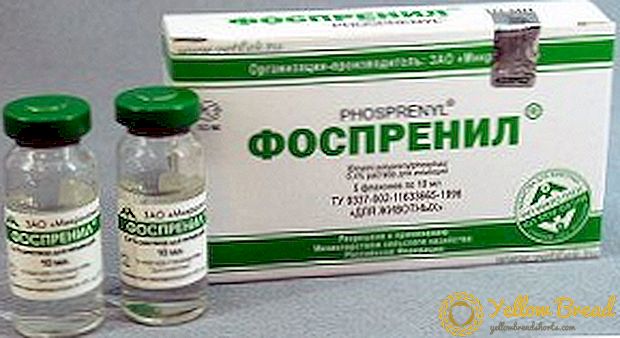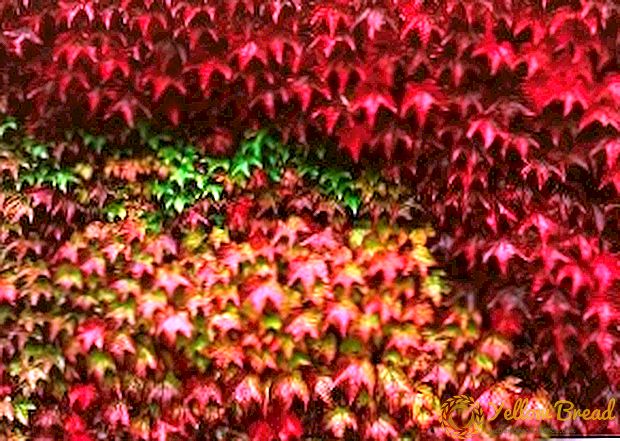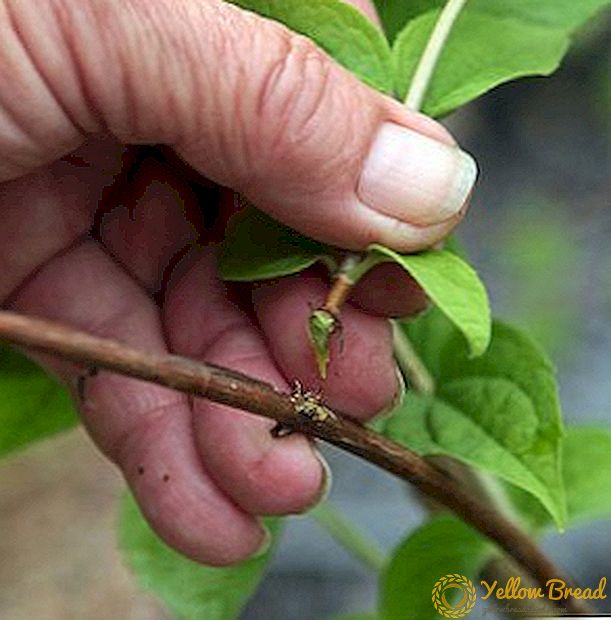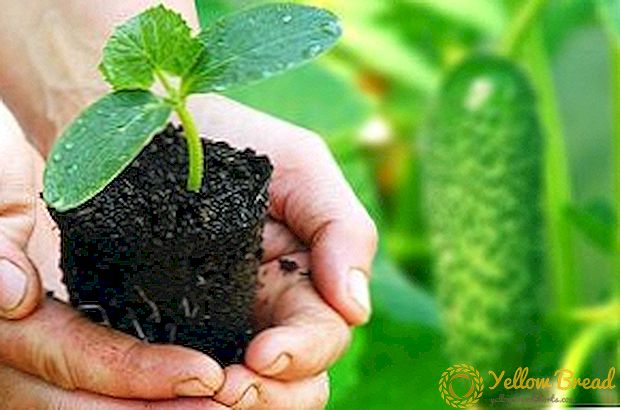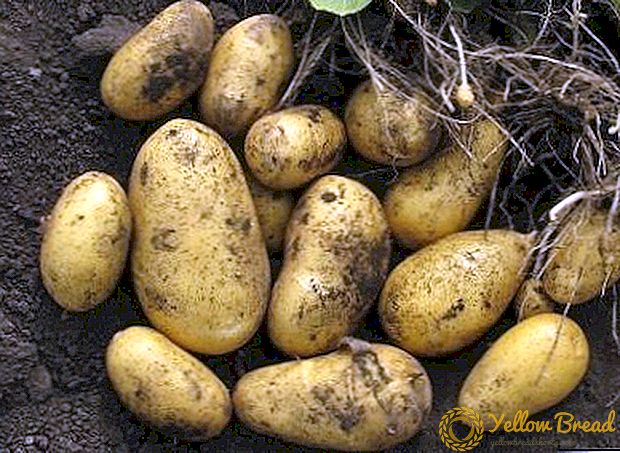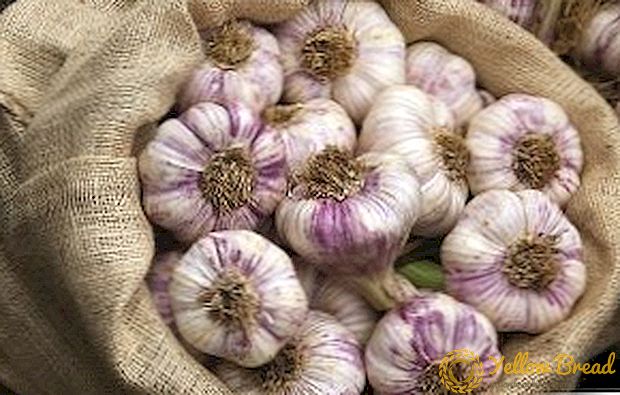
When spring time comes, the sun gently warms the street, many summer residents who have been waiting for the beginning of the new season all winter go to their country houses closer to nature.
This departure to the dacha is often delayed for several weeks, and sometimes for several months, so many people who are lucky to have such a house, start chicken.
These birds are not very whimsical in care, do not require much hassle and attention.
An excellent choice will be laying hens, which will provide you with eggs for a long period.
But there are questions about which chickens to buy and how to support them. The appropriate solution to all problems will be this material.

The first question you can ask before getting chickens is a matter of choice. That is, which layers should be part of your farm.
The first thing you will think about buying chickens, but they require care, and considerable. It is best to choose such chickens that are in an intermediate stage of growth.
For the so-called breeding in the summer, the best choice would be birds whose age is about 5 months. You can also purchase a more mature chicken, since you can hardly find young chickens of five months of age in households.
In a hen the head is broad enough in shape, deeply set. The eyes should be bulging and clear, and the back is long and wide.
Best when choosing a layer need to inspect the stomach. It should be soft, and between the posterior end of the sternum and the pubic bones should be a distance equal to the width of 4-5 fingers.
Famous is the fact that chickens molt. On this basis, you can also find a hen. The chicken that entered the molting process late will give more eggs, and much longer than the bird that has already stopped shedding.

Layers are rather demanding to conditions, therefore, before buying birds should prepare a room for them.
Metric area must be calculated so that 4 birds have 1 square meter each. A layer of dry sawdust, hay, or special material will need to be poured onto the floor. The thickness of the layer should be about 5 - 7 cm. Next, you will need to pour the material again on the places that become dirty.
The most important attributes of the chicken coop are drinkers and feeders, whose height should reach the level of the back of the birds. Install them on the floor. You also need to install poles on which chickens will sleep at night.They need to be placed against the wall at a height of at least 60 cm from the floor surface.
There should be so many perches so that all birds can comfortably sit on them. Nests should be installed in a dark corner of the hen house. One such place will be enough for 3 - 4 hens. The width of each nest should be at least 30 cm, the depth should reach 35 cm.
After the nest frame has been made, coating material will need to be laid on the bottom. Mostly straw is used, but rubber mats can also be laid to protect eggs from mechanical damage.
The hens will have a good influence on chickens, that is, from the hen house you will need to climb into some kind of closed area, where the birds could “walk” during the day.

In addition to the typical content in chicken coops, you can also keep birds in cages. This method has its advantages - the birds in the cages require less food, but they rush as well as in the wild. Per 1 sq.m. square cages can accommodate no more than 10 birds.
With this method of growing birds cell must be endured in the sun, and the feeder and drinkers should be lit, near which the birds huddle.
Temperature is very important for laying hens, since the degree of egg production in chickens directly depends on its level. A valid range is 12 - 18 C. It is also necessary to provide constant access to fresh air, even in winter.
These birds are extremely demanding on the amount of light, so in the hen house you need to make artificial lighting so that the hens have access to the light for at least 17 hours a day.

In the matter of feeding the hens, it all depends on the age of the birds. If the chickens are young and still do not rush, then you need to feed them like small chickens - with grain and greens.
When the chicken reaches the age of 19 weeks, then it will be necessary to gradually transfer it to adult feed rich in calcium and protein. It is then that the period of active development of the reproductive organs (ovary and oviduct) begins.
The most active layer will be carried for 28-29 weeks. When a chicken is a year old, then its feed should not be too nutritious, as it will be very bad to give eggs.
The composition of the feed, from now on, must be the same until the moment you decide to slaughter the bird. To date, there are several types of feed for layers, but it is up to you to choose which one.

Dry foods are made from wheat, fodder, soybean, oilcake, calcium carbonate, salt, and vitamins.
These feeds are presented in the form of pellets of a cylindrical shape or simply as a placer. These feeds need mineral supplements that will contribute to a better absorption of feed. These premixes are made up of vitamins and minerals, but make to feed them dosed according to instructions.
You can also feed hens with wet foods that you can cook yourself. But in this case, the frequency of feeding should reach up to 3-4 times a day.
Mostly wet food is made on water, in which you need to add ground grain, bran, chopped vegetables, oilcake. When vegetables appear, it is fashionable to add grass, chopped cabbage, and young pumpkin to the feeders.
In the manufacture of such feeds it is very important to keep the proportions, that is, 60-70% of the feed is carbohydrates, and 30-40% is protein. The structure of the wet food should be crumbly, so that the bird does not clog the beak.
It is also assumed the addition of mineral premixes.Combined feed consists of dry and wet feed, the mixture of which is added to the grain.
The second the most important element in the diet of chicken is water. During the day the bird should consume about 0.5 liters of water.

Cleaning the chicken coop should be often and well, and especially in winter, when the birds do not leave this room. It is necessary to periodically wash the feeders and drinkers for the birds, as well as to remove the straw from the floor, in which various parasites can develop.
Aviaries, where the hens spend most of their time in spring and summer, also need to be kept clean, namely, to clean the litter. You also need to monitor the poles on which the birds sleep.
Young birds have poorly developed immunity, therefore, they should be kept separate from other chickens until a certain moment.
So that no parasites develop in the feathers of young and adult hens, birds need to provide ash, in which they will swarm and, thus, clean their plumage.
The second important protection factor is ventilation. The ventilation system should be made conscientiously, and especially it should work well in hot weather, as the heat has a detrimental effect on chickens.If you carefully monitor your animals, then they will not be afraid of any diseases.

If you decide to keep your chickens for the winter, then there are some features associated with the life of layers in the winter.
The most important thing is to keep the heat in the hen house so that the birds do not freeze. For this need to warm the room, close all possible manholes and crevices through which cold air will penetrate into the house.
You need to put a lot of straw or sawdust on the floor, which will make the floor warmer. When cleaning, you will need to remove contaminated material, and instead fill it up with a new one.
The degree of egg production in chickens depends on the length of daylight, and in winter, as you know, the sun does not shine as long as in summer. Therefore, in the morning and in the evening you will need to turn on the lamps in the coop for about 3 hours. Then the need for chickens in the world will be satisfied.
When wintering laying hens, more grain should be added to the feed, which will help the birds warm up. Before the chickens begin to fall asleep, it will be necessary to pour grain into the feeders, which will be digested for a long time in the stomachs of the layers and will help them not to freeze at night.
Keeping chickens on the farm is not as difficult as it may seem at first glance. Therefore, if you live in a private house, you can safely buy 5 layers that will provide you and your family with eggs for a very long period of time.

